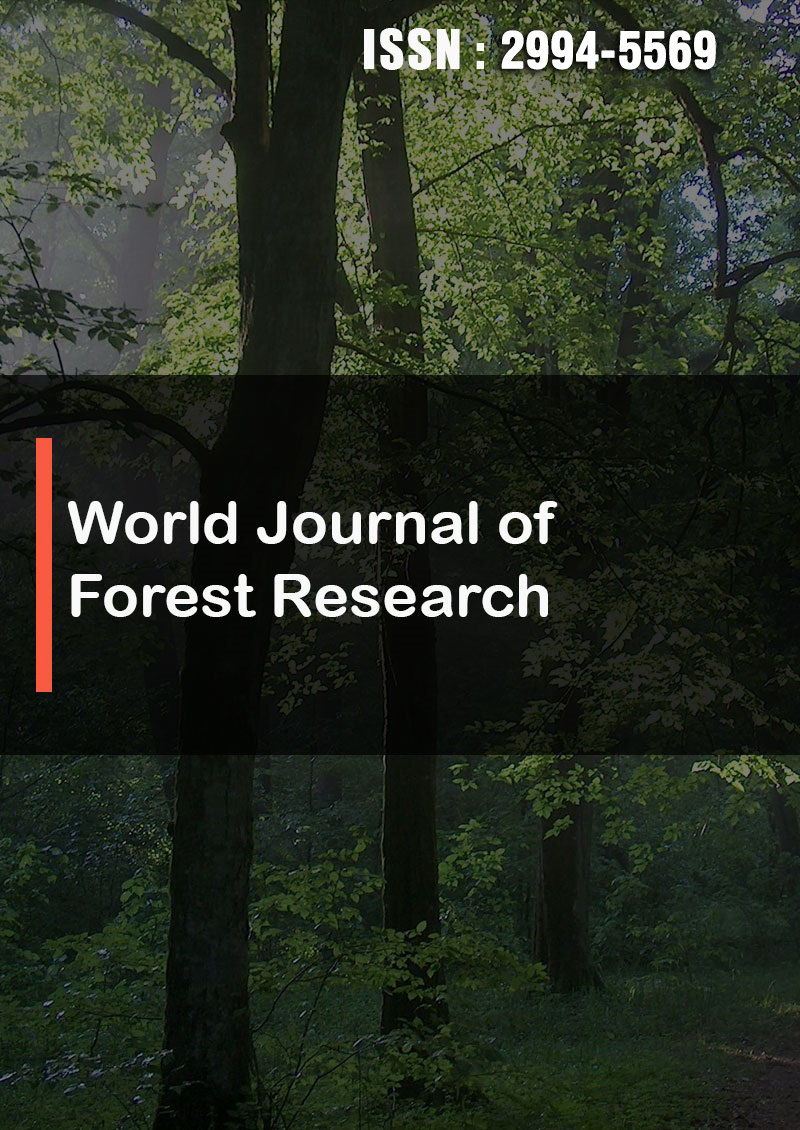Biodiversity and Carbon Stock Potential of Forest-Farm Interface in South- Central Highland of Ethiopia
Abstract
Tamiru Kefalew, Motuma Tolera and Kefyalew Sahle
Woody species diversity and carbon stocks of Forest-Farm interface (FFI) and adjacent natural forest (NF) and farm land (FL) were assessed in south-central highlands of Ethiopia. Vegetation and biomass carbon stock data were collected from a total of 30 plots from each land use. In each plot, diameter at breast height (DBH) of all woody species ≥ 2cm and height of ≥ 1.5m height was measured. A total of 15 soil sample were collected from every other plots of woody species inventory plots. Soil samples were collected from 0-30 cm and 30-60 cm depths from three diagonally established subplots containing (1m2). One-way analysis of variation (ANOVA) was used to compare variation of total carbon stocks and woody species diversity and two ways ANOVA was used for multiple comparison of soil organic carbon stock (SOC) among depth and land use. Pearson correlation was used to determine relationship between woody diversity and carbon stocks. The result showed that Fisher alpha diversity in FFI is 7.34 and that of NF and FL are 5.22 and 3.38 respectively and it is significantly different (F= 58.7; DF =2, 87; p < 0.05). The total carbon stock in FFI is 2044.05 (SE = ± 13.9) tons ha-1 while it is 348.5 (SE = ± 47.6) tons ha-1 in NF and 28.1 (SE = ± 12.5) tons ha-1 in FL. Similarly, the total carbon stock of FFI is significantly higher than FL ((F = 28.9; DF = 1, 28; P < 0.05) and is significantly lower than that of adjacent NF (F = 8.4; DF = 1, 28; P < 0.05). The result shows that the relationship gets stronger with increasing species diversity (r = 0.10, 0.21 and 0.40 for FL, FFI and NF respectively at P < 0.05). In every aspects assessed in this study, the FFI has proved to play significant role in conserving biodiversity and carbon stock as compared to the adjacent NF. Hence, sustainable management of the landscape under FFI is important to sustain its environmental and economic contributions.




